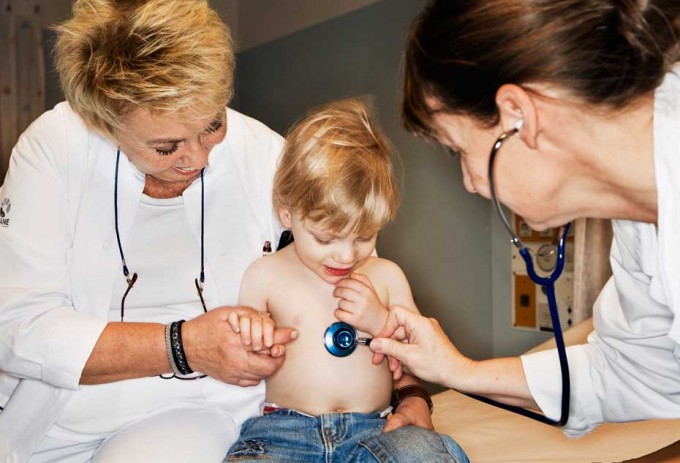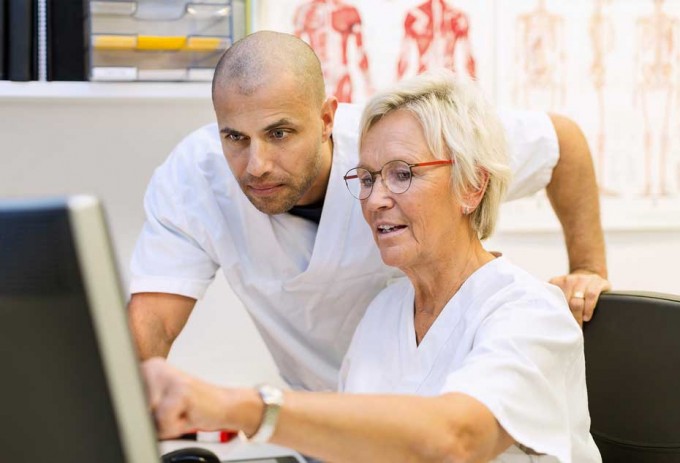
Sweden has pursued an active public health policy over the years. Alongside the general societal trends and development which have obviously helped improve public health, the efforts to promote equal opportunities for good health and to prevent disease have paid off.
The long-term objective of the Swedish Government’s public health policy is – within a generation – to even out the health inequalities that are possible to change. The Government wants to create conditions in society for good and more equitable health trends for the population as a whole.
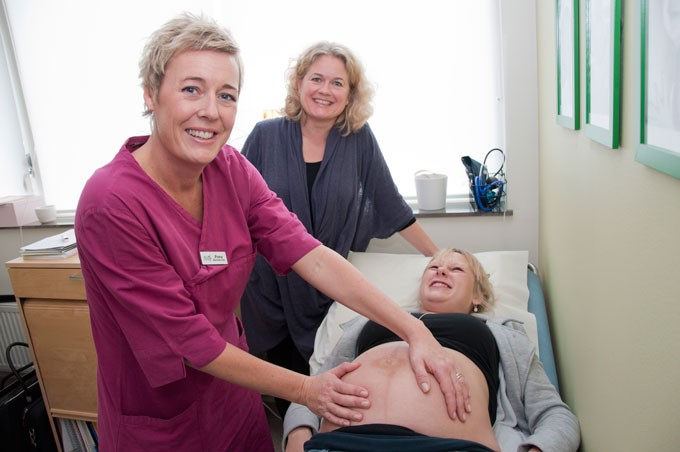
There are numerous examples of measures designed to promote public health in Sweden. For instance, the maternity care and child health service offers parenting support to all mothers and fathers during the child’s first years. The result of this strategy is one of the lowest infant mortality rates in the world. Sweden also offers extended universal parenting support through to teenage years. This is made possible by facilitating cooperation between maternity care, child health services, social services, pre-schools and schools.
Public health policy should also provide people with tools for improving their own health
The national screening programs for common types of cancer, such as breast cancer, colorectal cancer, and cervical cancer are government initiatives that aim to diagnose and treat various conditions at an earlier stage in their progression and thereby reduce the consequences of these conditions for the population as a whole. Another measure involves offering all girls aged 11 and 12 vaccination against HPV infection, which causes around 70% of all cases of cervical cancer. Since these vaccinations were introduced, the incidence of HPV infections amongst women under the age of 22 has fallen by around 40%.
Information Campaigns
The investment in comprehensive information campaigns has contributed to improve our healthcare system. One of the most successful campaigns in recent years was designed to educate the public to recognize the symptoms of a stroke and to react in time.
Public health policy should also provide people with tools for improving their own health. New channels such as smart phone applications are today common tools to educate and inform the public. One example is the application from the Swedish Heart-Lung Foundation which provides information and assistance in case of cardiac and pulmonary arrest.
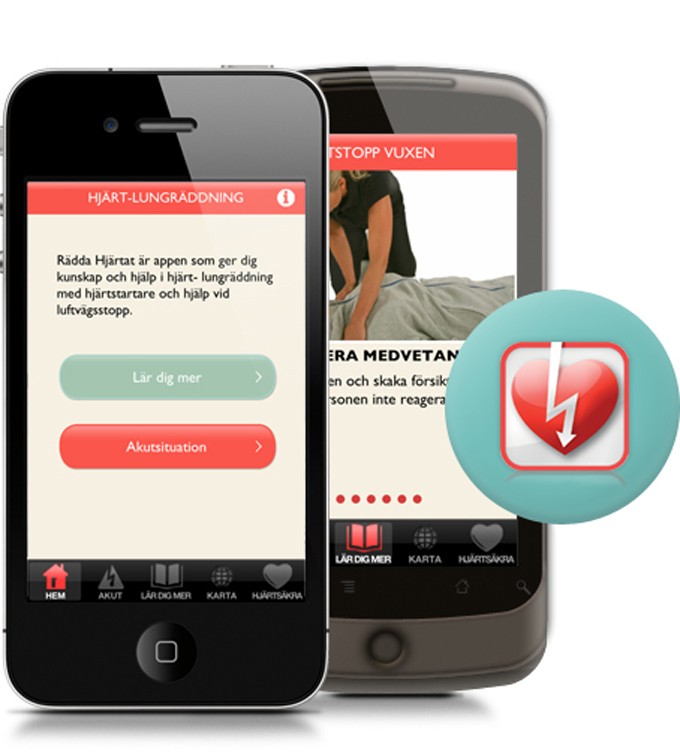
Preventing life-style related diseases
Sweden invests extensively in information campaigns and prevention programs to encourage people to lead healthy lives and eat right. While these initiatives cost money at the outset, the potential long-term savings are huge.
For instance, an active work with smoking prevention has been conducted. Since 2005 smoking is prohibited in restaurants and other food-serving accommodations. Smoking has diminished markedly and Sweden was the first country to reach the WHO objective with a share of daily smokers lower than 20 per cent. That Sweden has been so successful in the preventive work is probably due to a combination of prohibition, strict age limits for buying tobacco and an active informative work about the health consequences of smoking in combination with smoking cessation help at health centers and hospitals.

Another example is physical activity on prescription that is becoming more common in Sweden. It indicates that the patient gets a prescription for a physical activity, adjusted for the requirements and needs of the individual. Physical activity has been confirmed as an effective means in prevention or improvement of a lot of different conditions, for example high blood pressure, angina pectoris, osteoporosis, rheumatic diseases, back pains, and depression. You can get these kinds of prescriptions at the health centre. In consultation with a doctor, nurse, or from a physiotherapist. Physical activity can work as a medicine, both preventing and treating the condition. Physical activity can be a complement to or in some cases even replace pharmaceuticals.
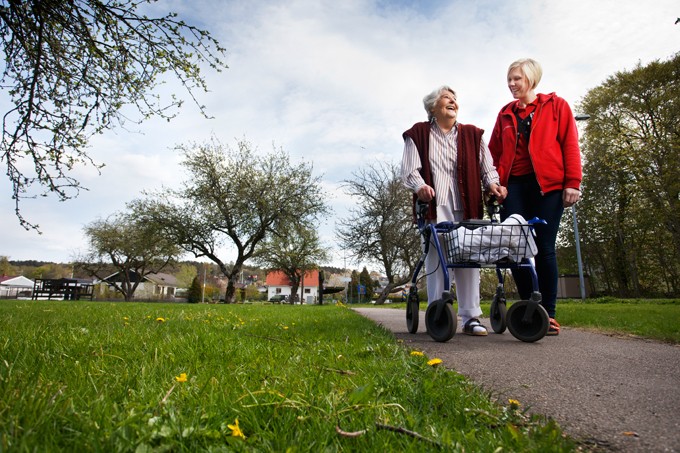
We also anticipate being able to interact with patients in easily accessible online meeting places within the not too distant future, and regard this as another important component of our public health promotion work.
Photo credit: Henrik Trygg / imagebank.sweden.se, Bengt Flemark, Hjärt-Lungfonden, Sara Ingman/imagebank.sweden.se, Sofia Sabel/imagebank.sweden.se
